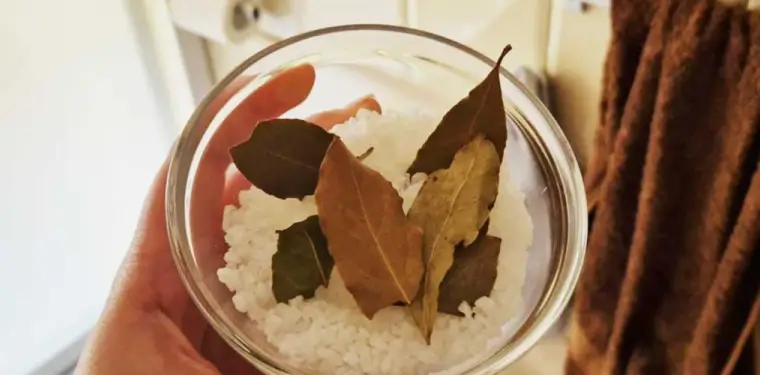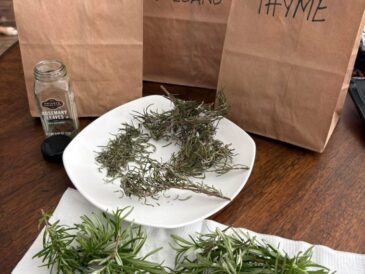Salt and bay leaves are two ingredients you probably already have in your kitchen, but did you know they can do so much more than just season your food? These everyday items have a range of uses that can make your home life easier, healthier, and even more fragrant. From natural remedies to household hacks, salt and bay leaves are hidden gems that provide exceptional results without costing you a penny.
In this article, you’ll learn about the multiple ways you can use salt and bay leaves around the house. These natural solutions are practical, cost-effective, and surprisingly powerful—especially when times are tough, and we’re all looking for budget-friendly alternatives.
How Coarse Salt Works Wonders Around the House
1. Aiding in Laundry
Coarse salt is more than just a cooking ingredient; it’s also a fantastic addition to your laundry routine. You can use it to soften fabrics, which helps your clothes feel fresher and more comfortable. Simply add a few spoonfuls of coarse salt to your washing machine. The salt helps reduce the hardness of the water, eliminating excess limescale and making it gentler on your clothes. As a result, your towels and jeans will feel soft and fluffy, even after a tumble in the dryer.
2. Preventing Yellowing on White Clothes
White clothes often lose their crispness and start to yellow over time, especially around the collar or underarms. Coarse salt can help restore their brightness. Add a bit of coarse salt to the wash water before soaking your whites, and then wash as usual. The salt acts as a natural whitener, making your clothes look like new.
3. Brightening Colored Clothes
Not only does salt help keep whites white, but it also works wonders for colored garments. When washing your colored clothes, add some coarse salt to the water, and you’ll notice the colors become more vivid and vibrant. It helps rejuvenate the fabric, giving it a fresh and bright look without harsh chemicals.
Bay Leaves: More Than Just a Flavoring
Continue reading in page 2





